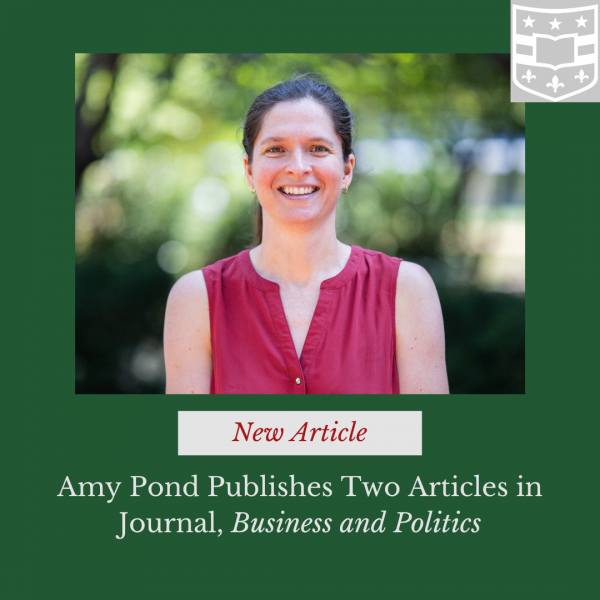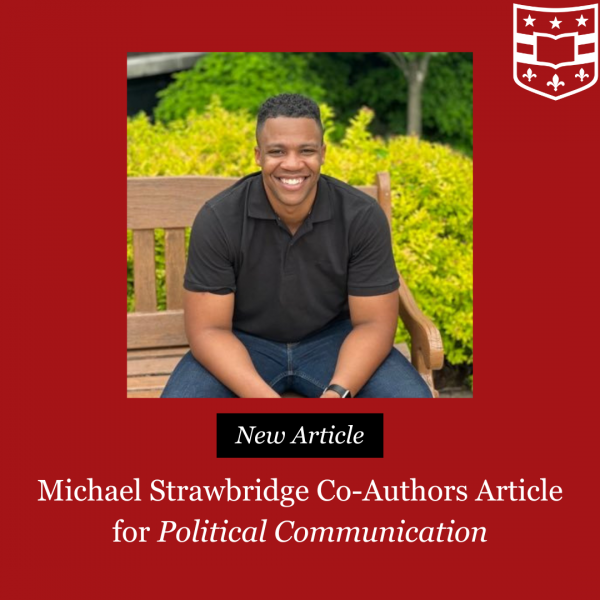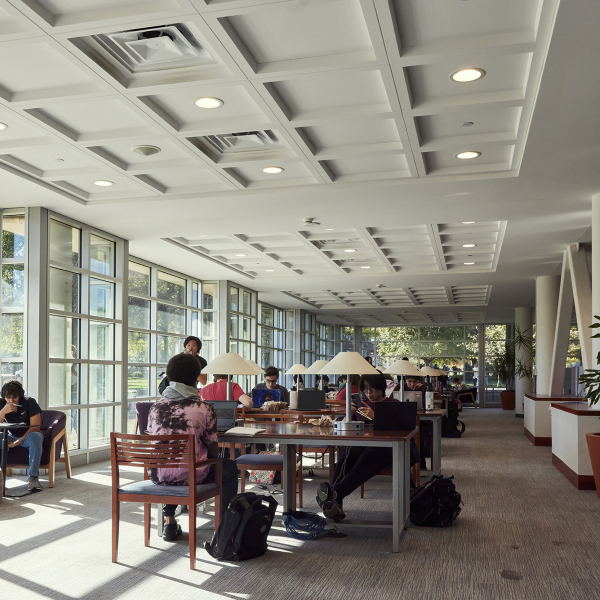Judging Inequality: State Supreme Courts and the Inequality Crisis
James L. Gibson and Michael J. Nelson (Penn State, Washington U Ph.D.) have just published a new book (Russell Sage Foundation) on the role of state supreme courts in the creation, maintenance, and amelioration of political, legal, economic, and social inequality in the U.S.
Funded by the National Science Foundation and the Russell Sage Foundation, and based on analyses of about 6,000 supreme court decisions, in all 50 states, decided over a 26-year period (1990—2015) by nearly 1,000 justices, who cast about 37,000 votes in these cases, the study examines legal policies arising from the nine case-types: cases pertaining to school finance, gay rights, equal access to the electoral process, collective bargaining rights, employment at will policies, mandatory arbitration polices, class actions, policies regarding the payment of attorneys’ fees, and policies affecting damages caps in civil litigation.
The book has so many important findings that it is difficult to single out what is most important. Still, three stand out. First, state supreme courts have become extremely important policy-making institutions, rendering decisions in a variety of issue domains that are relevant to political, legal, economic, and social inequality in the American states. Second, these courts differ enormously in how they have ruled on cases relevant to political, legal, economic, and social inequality, ranging from the Texas Supreme Court rulings against equality (72% against) to the Arizona Supreme Court’s rulings in favor of equality (72% in favor). Finally, while sometimes assumed to be “minoritarian institutions”—structurally situated so as to protect the rights of various minorities—the state supreme courts are instead majoritarian institutions, squarely part of the governing elites in their states.




